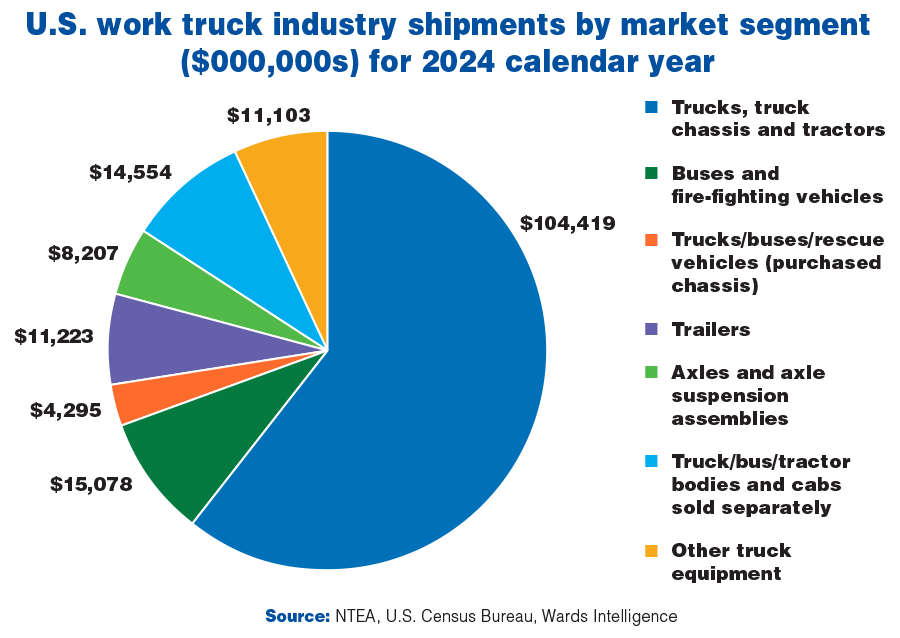What are commercial vehicles and what does the work truck industry represent?
Unlike mass-produced assembly-line passenger cars and trucks, commercial vehicles are primarily designed and produced individually, on a custom-order basis. Their diverse applications, limited volume and nearly limitless body and equipment variations dictate this method of production.
Typically, commercial trucks are built in a multi-stage process involving three distinct yet interrelated industry segments. To ensure product compatibility, a close-working relationship is necessary between the truck chassis manufacturers and their dealers; truck body, equipment and trailer manufacturers; and truck body, equipment and trailer distributors.
This is especially important if a truck will be used to do any of the following:
- Bring maintenance/repair services to homes, industry and business
- Transport people
- Fight fires
- Provide emergency medical/rescue service
- Transfer disabled vehicles
- Install/repair telephone, electrical and other utility equipment and services
- Collect trash for disposal and recycling
- Construct/maintain roads, homes and buildings
- Control snow and ice
- Operate farms
Industry profile
2025 is expected to see metered growth; however, uncertainty around the regulatory environment may impact the outlook. Chassis availability has improved substantially, though labor and materials shortages continue.
